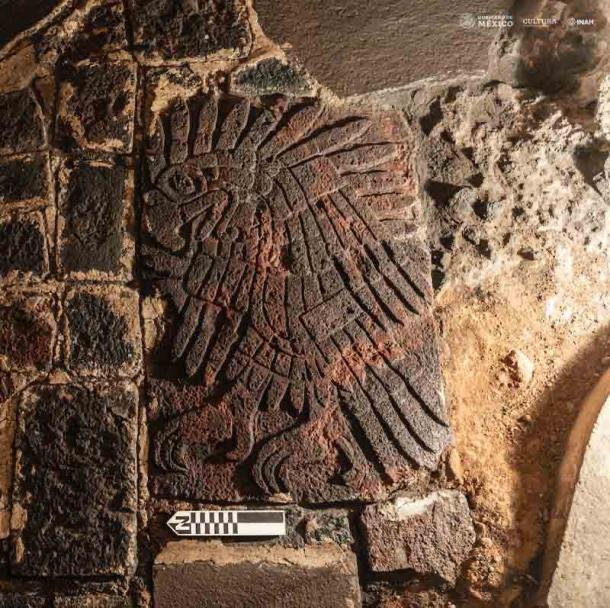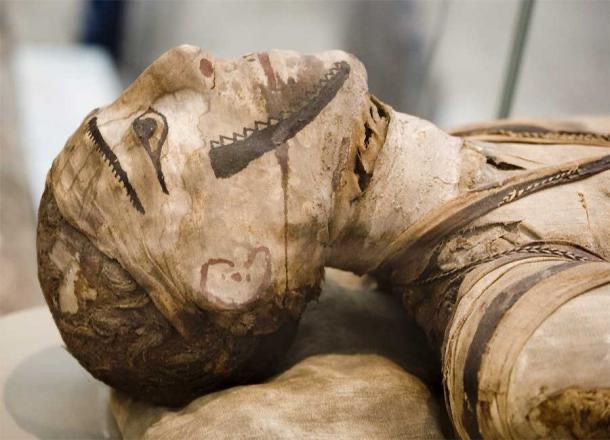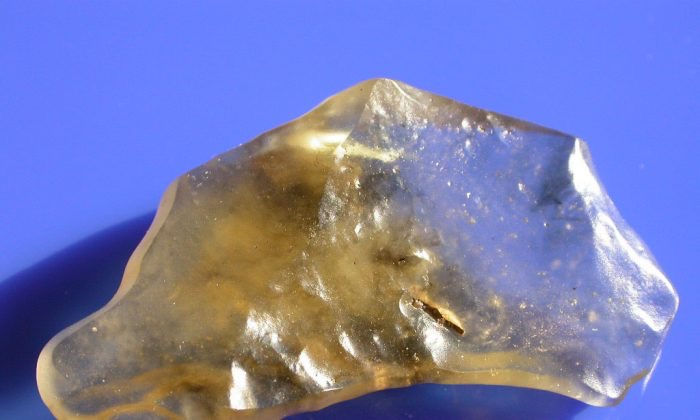Giant Obsidian Golden Eagle Surfaces in Mexico
- skloucherepierre
- Jan 29, 2021
- 4 min read
Updated: Apr 5, 2021

The Aztec's Hueteocalli, also called the Templo Mayor (which converts into "Extraordinary Temple") remained at the focal point of Tenochtitlan (Mexico City), the capital city of the Aztec world in Mexico. With its twin sanctuaries committed to the war god Huitzilopochtli and to the downpour god Tlaloc, archeologists from the Templo Mayor Project ( PTM) of the National Institute of Anthropology and History ( INAH) have found a formed stone showing a brilliant hawk.
It is at the foot of this compositional marvel of the Aztec strict world in current Mexico City, on the focal hub of the sanctuary devoted to Huitzilopochtl and the amazing model of the goddess Coyolxauhqui, that archeologists have uncovered the monster obsidian hawk. What's more, this is no customary cut hawk, for it addresses the biggest of its sort ever found.
The brilliant bird bas-alleviation was found during unearthings at the Templo Mayor in the focal point of Mexico City. (Bill Perry/Adobe Stock)
The brilliant bird bas-alleviation was found during unearthings at the Templo Mayor in the focal point of Mexico City. ( Bill Perry/Adobe Stock)
Estimating up the Golden Eagle
Dating to the standard of Motecuhzoma Ilhuicamina, somewhere in the range of 1440 and 1469 AD, Mexico's Secretary of Culture, Alejandra Frausto Guerrero, said the cut itzcuauhtli (obsidian bird) was found in February 2020. The portrayal of a brilliant hawk ( Aquila chrysaetos canadensis ) measures 1.06 meters (3.47 ft) long and 0.7 meters (2.26 ft) wide. The antiquated bas-help is "the biggest in a bunch of 67 comparable components found in the Templo Mayor .
The Bodleian Book Coffer: A Kindle Of The Middle Ages
Understand More
Goliath Face of Ucanha: Giant Sculpted Mayan Mask Found in Mexico
2000-Year-Old Monolith Reveals Hidden Symbols in Amazon
Why Are There Carvings of Women Flashing Their Genitals on Churches Across Europe?
The stone was found close to the round Cuauhxicalco, or "spot of the bird's gourd," where sixteenth century accounts say the Tenochca rulers were customarily incinerated. Lead classicist Professor Leonardo López Luján says the falcon was cut on "red tezontle," which is a permeable, exceptionally oxidized, volcanic stone utilized widely in development in both antiquated and present day Mexico.
The brilliant hawk bas-help, estimating 1.06 meters (3.47 ft) long and 0.7 meters (2.26 ft) wide, was found on the south side of the Templo Mayor in Mexico City (Mirsa Islas/INAH)
The brilliant falcon bas-alleviation, estimating 1.06 meters (3.47 ft) long and 0.7 meters (2.26 ft) wide, was found on the south side of the Templo Mayor in Mexico City (Mirsa Islas/INAH)
The Way of the Eagle and the Jaguar
Dr. López Luján added that the court floor in the Templo Mayor had been covered since pre-Hispanic time and that it is special since its bas-reliefs "implying the double origination of the structure." The bird was found on the south side of the sanctuary which is related with the legendary birth pattern of Huitzilopochtli; while toward the north, the bas-reliefs are related with Tláloc, "the water cycle and the recovery of corn." Dr. López Luján's group initially accepted the floor was worked by the public authority of Ahuítzotl somewhere in the range of 1486 and 1502 AD, yet now it is thought to date to the public authority of Motecuhzoma I during the 1440s.
Aztec young men were instructed about weaponry and fighting until the age of 17 when the best understudies advanced to become "hawk champions" and acquired honorability in Aztec society . Notwithstanding, to accomplish grown-up status young fellows needed to catch their first detainee and after they had caught 20 a young fellow was qualified to turn out to be either a panther or bird hero. In any case, the two ways implied a daily existence spent in consistent fight to catch detainees for forfeiting to the divine beings.
The Golden Eagle in Mexican Society, and Beyond
The brilliant hawk exists today in the Mexican escutcheon , that portrays the feathered creature of prey roosted on a thorny pear prickly plant eating up a poisonous snake. This picture mirrors the antiquated Aztec legend that their capital city was found where a falcon was seen eating a snake on top of a lake. For the individuals of Tenochtitlan the falcon image had solid and positive strict implications, yet for the European trespassers it was the snake from the Garden of Eden addressing the vile voice of allurement.
The hawk was representative in old Mexico as well as across the total of South America from Brazil in the east to Ecuador in the west, and Peru in the south: where it was joined in folklore with the condor. As per the Pachamama Alliance "The Eagle and the Condor" is an antiquated Inca prescience that talks about people parting and following two ways, that of the bird or the condor. The way of the condor is the way of heart, of instinct, and as such it addresses female widespread perspectives. Then again, the way of the falcon is the way of the brain: the manly way.
The prediction of the bird and condor says that start during the 1490s a 500-year cycle would start in which the Eagle public would turn out to be incredible to the point that they would almost drive the Condor individuals out of presence. This prediction is accepted to have gotten show in the resulting Spanish success of South America, and as indicated by most native networks in South America today is as yet unfurling looking like old goliaths tearing separated their native grounds for fluid gold.
Youtube Channel : https://youtu.be/rT6dDmy_iXM
.jpg)










Comments